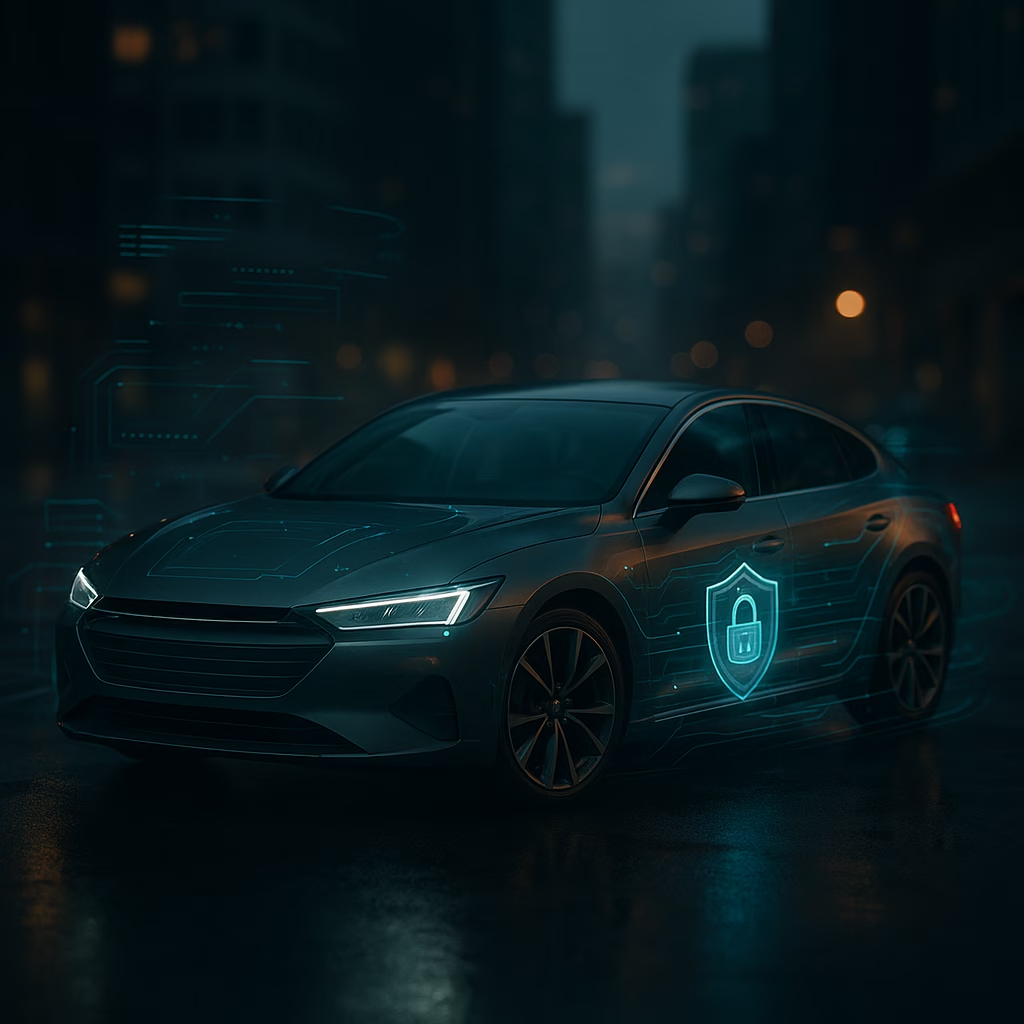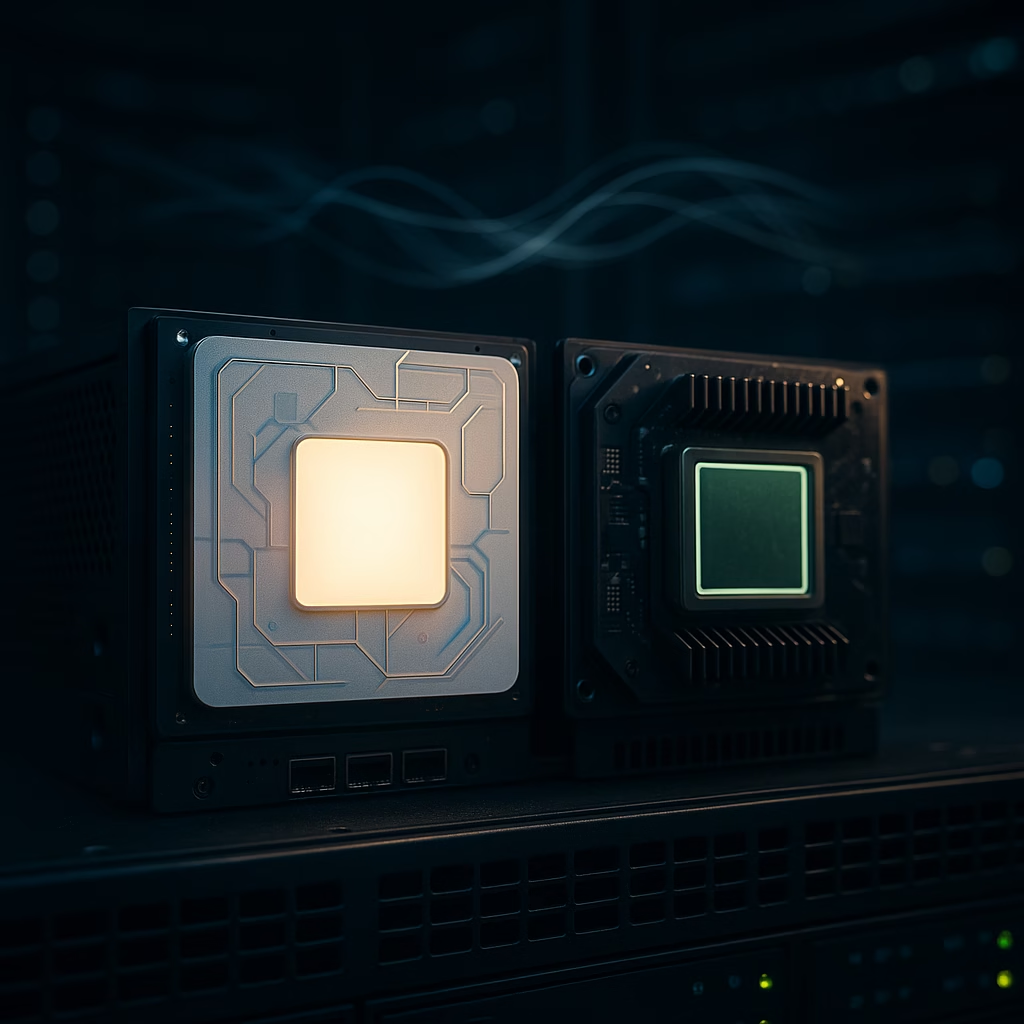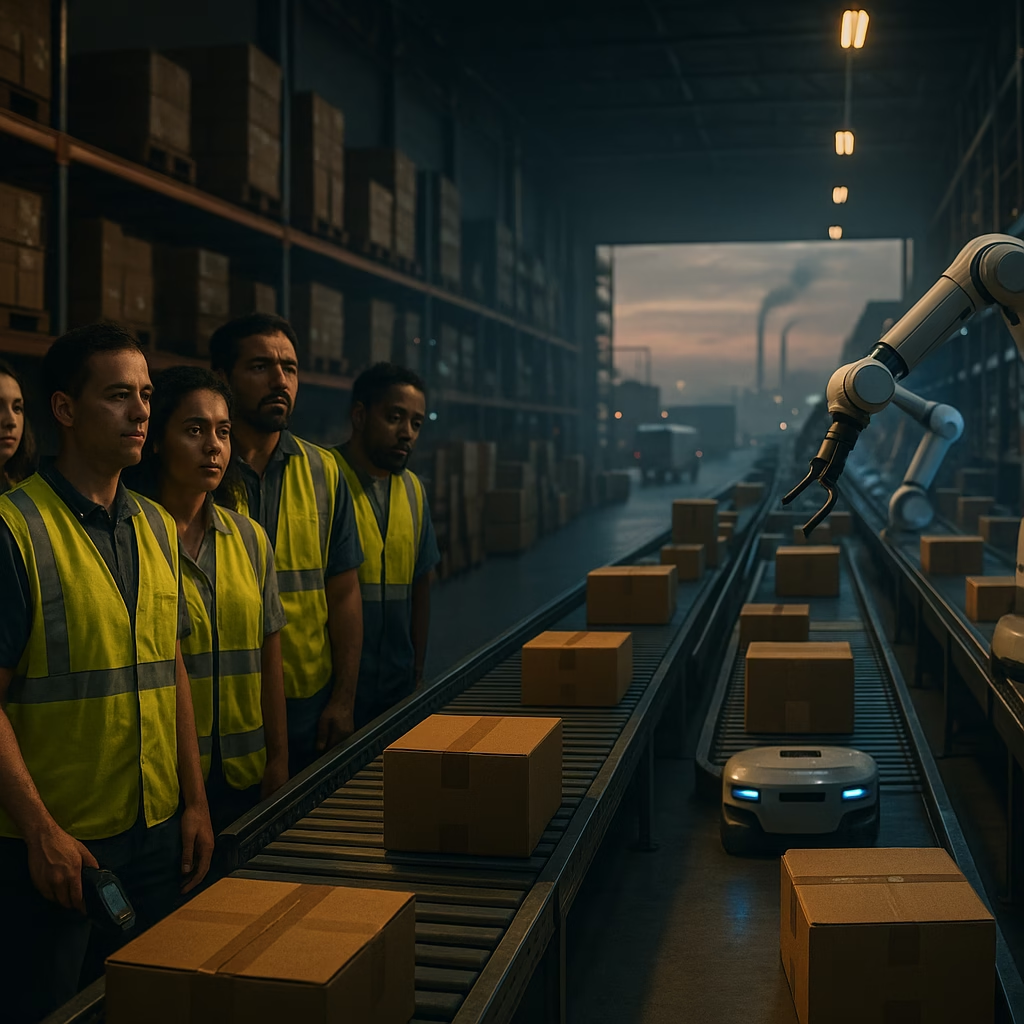The Future of Work: Navigating AI Job Loss and the Rise of Human Enhancement
How Artificial Intelligence Is Reshaping the Workforce
Artificial intelligence (AI) is no longer just a futuristic concept—it’s actively reshaping how we live, work, and interact with technology. As AI-driven systems become increasingly integrated into the global workforce, concerns about job displacement, the future of human labor, and the boundaries between biology and technology have surged to the forefront. With big tech companies like Google at the helm of AI development and human enhancement initiatives, the line between replacing workers and augmenting them is becoming ever more blurred.
The Rise of AI and Automation in the Modern Workforce
AI-powered tools and machine learning platforms are already automating repetitive and computationally intensive tasks across industries such as finance, healthcare, logistics, and customer service. According to various studies, millions of jobs may be at risk over the coming decades as AI becomes more proficient in tasks traditionally reserved for humans.
Some key sectors affected include:
- Manufacturing: Robotics powered by AI handle tasks once performed by factory workers
- Retail: Chatbots and virtual assistants are replacing sales staff and customer service agents
- Transportation: Self-driving technology threatens roles in trucking, delivery services, and ride-sharing
- Administrative roles: AI systems automate scheduling, bookkeeping, and data analysis
While this shift boosts productivity and reduces costs, it inevitably fuels anxieties about mass unemployment and societal upheaval.
From Replacement to Enhancement: The Google Approach
Recently, Google has pivoted toward an intriguing and controversial idea: instead of letting AI replace humans altogether, why not use AI to enhance human capabilities? This vision isn’t just about saving jobs—it’s about transforming what it means to be employed in the first place.
Enter the era of human enhancement technologies. Google is investing heavily in wearable devices, advanced neural interfaces, and cognitive augmentation tools that aim to help workers keep up with (or surpass) the pace of AI.
What Is Human Enhancement?
Human enhancement refers to a collection of technologies that empower individuals to perform tasks more efficiently and competently, often beyond normal human limitations. These can range from exoskeletons that aid physical labor to brain-computer interfaces (BCIs) that interpret thought patterns and speed up decision-making.
Potential benefits include:
- Greater productivity through cognitive support tools
- Accessibility improvements for workers with physical or mental impairments
- Improved memory and decision-making capabilities via neuro-enhancements
- Augmented communication through real-time language translation and transcription
The central idea? If workers can think faster, move smarter, and work more safely with machine support, AI becomes a collaborator—not a competitor.
The Ethical and Societal Dilemmas of Human Enhancement
Despite the promise of these innovations, human enhancement is riddled with ethical challenges. Questions about consent, equity, identity, and long-term safety dominate public discourse around this emerging field.
Key ethical concerns include:
- Access and inequality: Will enhancement technologies only be available to the privileged?
- Employment coercion: Could workers be forced to “upgrade” to stay competitive?
- Loss of personal autonomy: Who controls augmented experiences—workers or corporations?
- Long-term psychological impact: What does it mean to be human in a hybrid world?
Balancing innovation with regulation will be critical as policymakers grapple with these complex issues.
The Intersection of Biology and Technology
Some of the most ambitious human enhancement initiatives—like brain implants and AI-assisted decision-making overlays—make use of cutting-edge biotechnology. These ventures blur the distinction between science fiction and reality.
In August 2025, Google unveiled research partnerships focused on “biological-AI symbiosis.” Their aim is a future where the brain and the machine are intertwined so natively that digital thinking becomes second nature. While exciting, this raises fundamental questions about ownership, identity, and human agency in an increasingly digitized world.
Preparing for an AI-Augmented Economy
Whether AI serves as a threat or a tool greatly depends on how we prepare for its advance. Governments, educational institutions, and corporations must play an active role in shaping a work culture that accommodates and maximizes the benefits of both automation and augmentation.
Strategies for mitigating AI-related job loss include:
- Upskilling and reskilling programs: Workers must be trained for technologically-enhanced roles
- Universal basic income (UBI): Considered by some to cushion the gap between job loss and retraining
- Ethical AI governance: Policies need to ensure AI use aligns with human values and rights
- Public-private partnerships: Encourage innovation while serving community needs
Future jobs are likely to involve hybrid interactions—where humans use AI to extend their natural capabilities. Recognizing that AI is here to stay, the challenge becomes preparing a workforce that can co-evolve with these technologies rather than be overtaken by them.
A Paradigm Shift: From Labor to Value
As AI begins completing many of the world’s routine tasks, society may have to rethink traditional definitions of work and productivity. The 40-hour workweek could give way to more flexible, creative, or purpose-driven endeavors—augmented by technology rather than constrained by it.
We may even see a new framework emerge—one built on contribution, collaboration, and digital symbiosis, rather than rote labor. As companies like Google lead the charge, it’s imperative that this transformation includes everyone—not just a technologically elite few.
Conclusion: Embracing a Hybrid Workforce
The AI revolution is not merely about technology—it’s about humanity. While fears of job loss are valid and present, the conversation is shifting toward a more empowering vision: one where humans and machines coexist, collaborate, and even merge in radical, world-changing ways.
Human enhancement is not a silver bullet for automation’s consequences. But when implemented thoughtfully, it offers a hopeful alternative—a path where AI amplifies, rather than extinguishes, human potential.
The future of work can be thrilling, equitable, and inclusive—but only if we build it that way.
Whether you’re a tech enthusiast, policy maker, or everyday worker, the time to engage with this transformation is now. AI is not just coming for our jobs—it might be coming to work alongside us. The question is: are we ready?< lang="en">







Leave a Reply